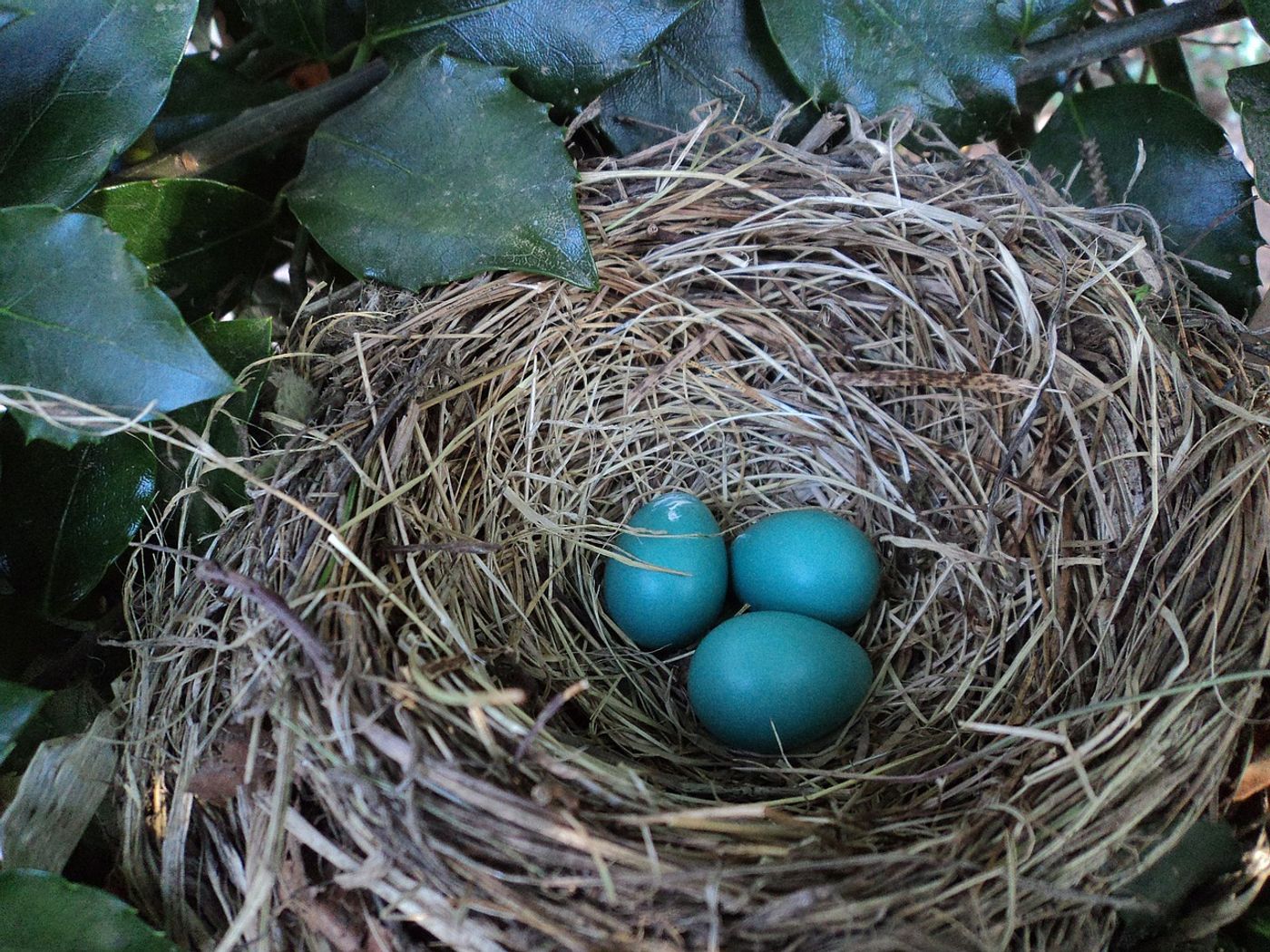These Parasitizing Birds Match Their Egg Size to Their Host's
Researchers have long recognized the oriental cuckoo as a brood parasite, meaning that it lays its eggs in other birds’ nests so that the host can raise its young. But while this trickery doesn't easily fool some birds, the oriental cuckoo allegedly conforms the size of its eggs with that of its host’s, making it more challenging to tell them apart from one another.
An international team of researchers reached this conclusion after analyzing more than 173 oriental cuckoo eggs, along with eggs from four known bird hosts, including the Arctic warbler (Phylloscopus borealis), the common chiffchaff (Phylloscopus collybita tristis), the Pallas's leaf warbler (Phylloscopus proregulus), and the yellow-browed warbler (Phylloscopus inornatus). Their findings appear in the Journal of Zoology this week.
Image Credit: Pixabay
As you might come to expect, birds don’t like caring for other birds’ eggs. One of the ways a bird can discriminate against alien eggs is by judging their size, and so the researchers suggest that the oriental cuckoo’s ruse could be an evolutionary response to host rejection that ensures the survival of the eggs and the resulting younglings.
“We found that the eggs' breadth matched the hosts' well, probably because a cuckoo's egg sticking out above the rest of the clutch is likely to be rejected by the host,” explained Alla Mashanova, a co-author of the study. “The egg length, on the other hand, was much more variable.”
Related: These birds recognize individuals of other species
While similar, the eggs of the oriental cuckoo weren’t proportionately identical to that of the host’s. While the width of the eggs was approximately the same, the researchers note that the height was more pronounced in the oriental cuckoo’s, enabling it to contain additional nutrients that would foster good health before hatching.
As it would seem, these additional nutrients come in handy in nests where the female bird is the only one that feeds the offspring, and the Pallas's leaf warbler fits this description.
“It has been suggested that the egg length is determined by the demand to produce eggs larger than the host's and is affected by the level of parental care,” Mashanova added. “Thus, the longest eggs were produced by cuckoos parasitizing the smallest host with only the female feeding the young. In our view, differences in eggs sizes of the Oriental cuckoo provides evidence of adaptation to brood parasitism on small leaf warbler species.”
Related: Crows found to instigate fights with ravens
The study underscores how little we know about the oriental cuckoo and the techniques it has developed to reproduce by parasitizing other birds’ nests. While it’s undoubtedly one of the largest-scale studies of its kind involving the oriental cuckoo, additional research could teach us more about the bird and validate the latest claims.
Source: Phys.org









